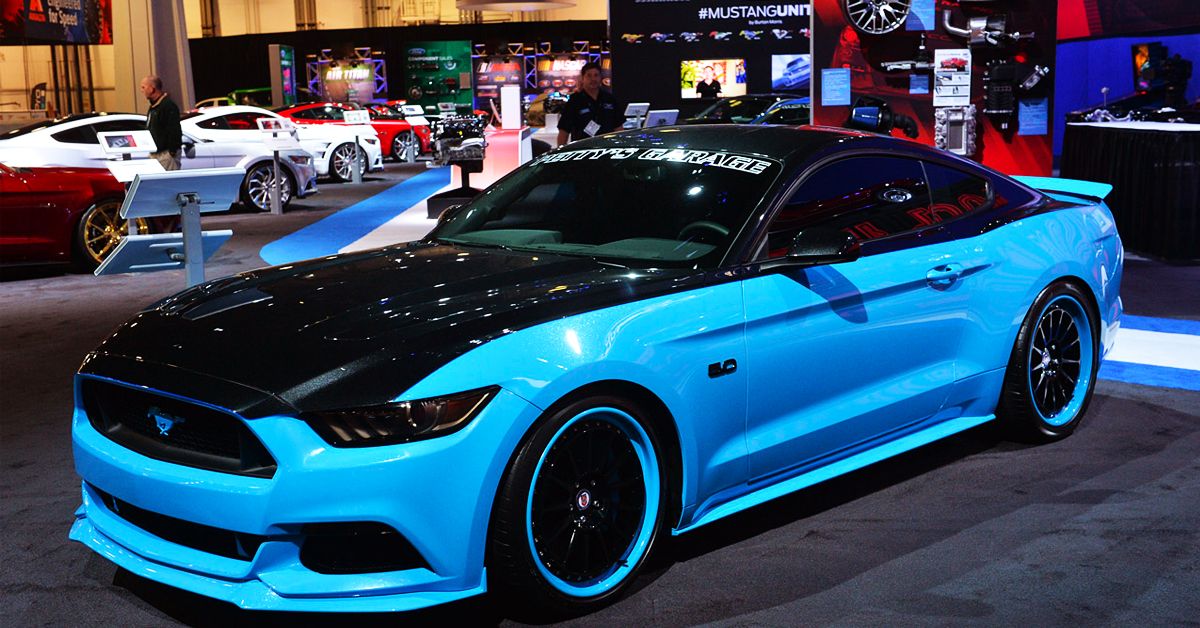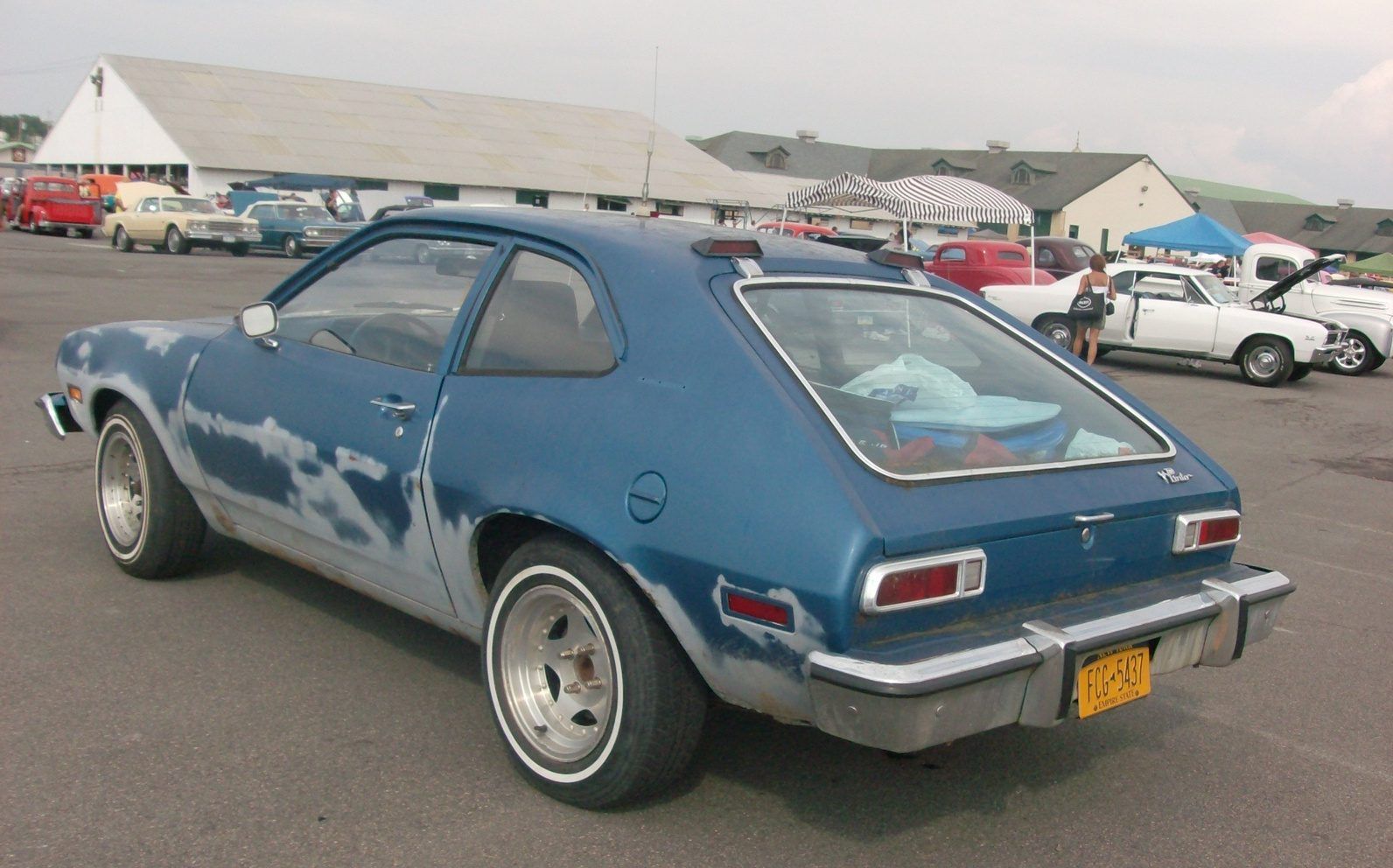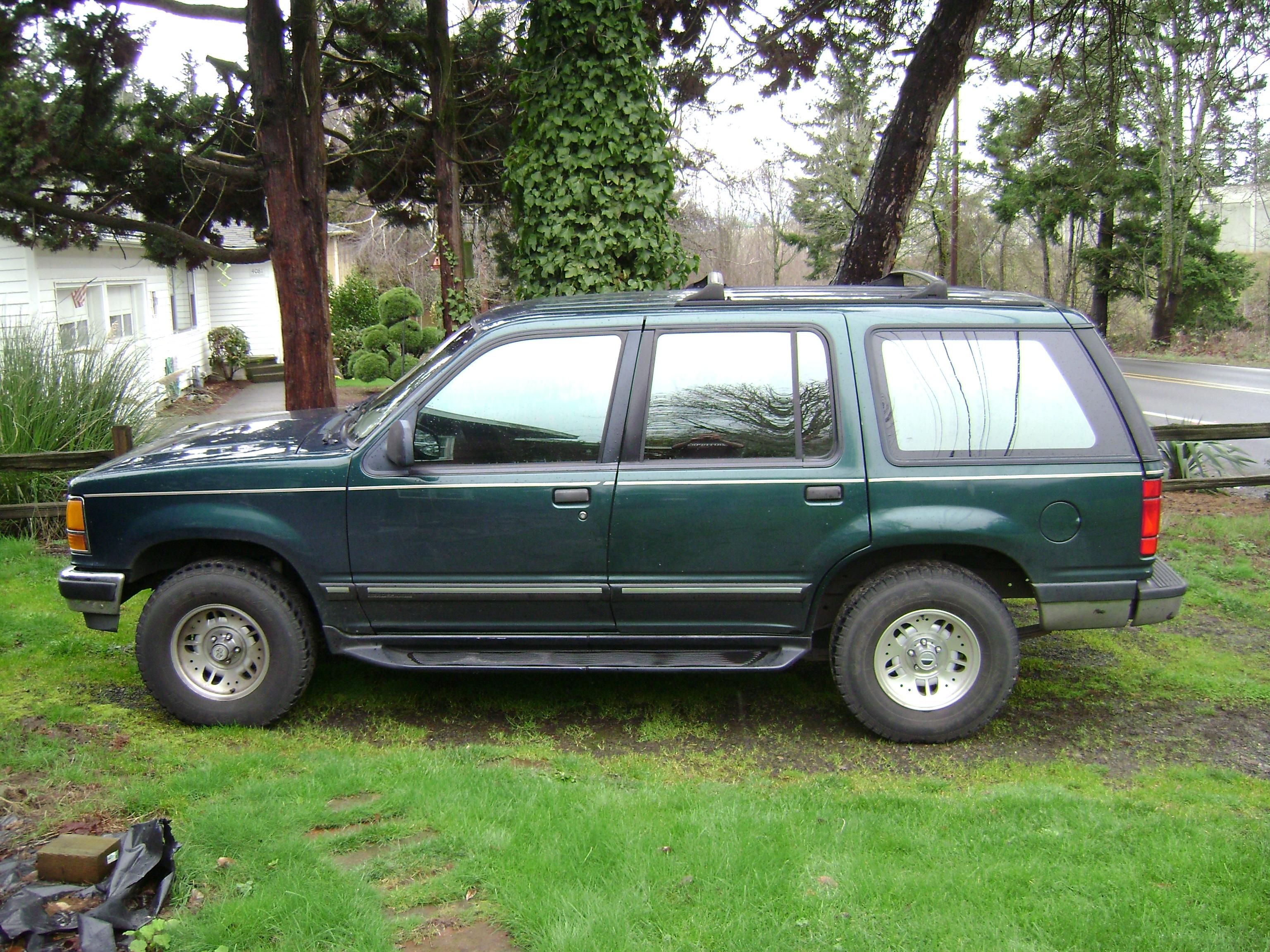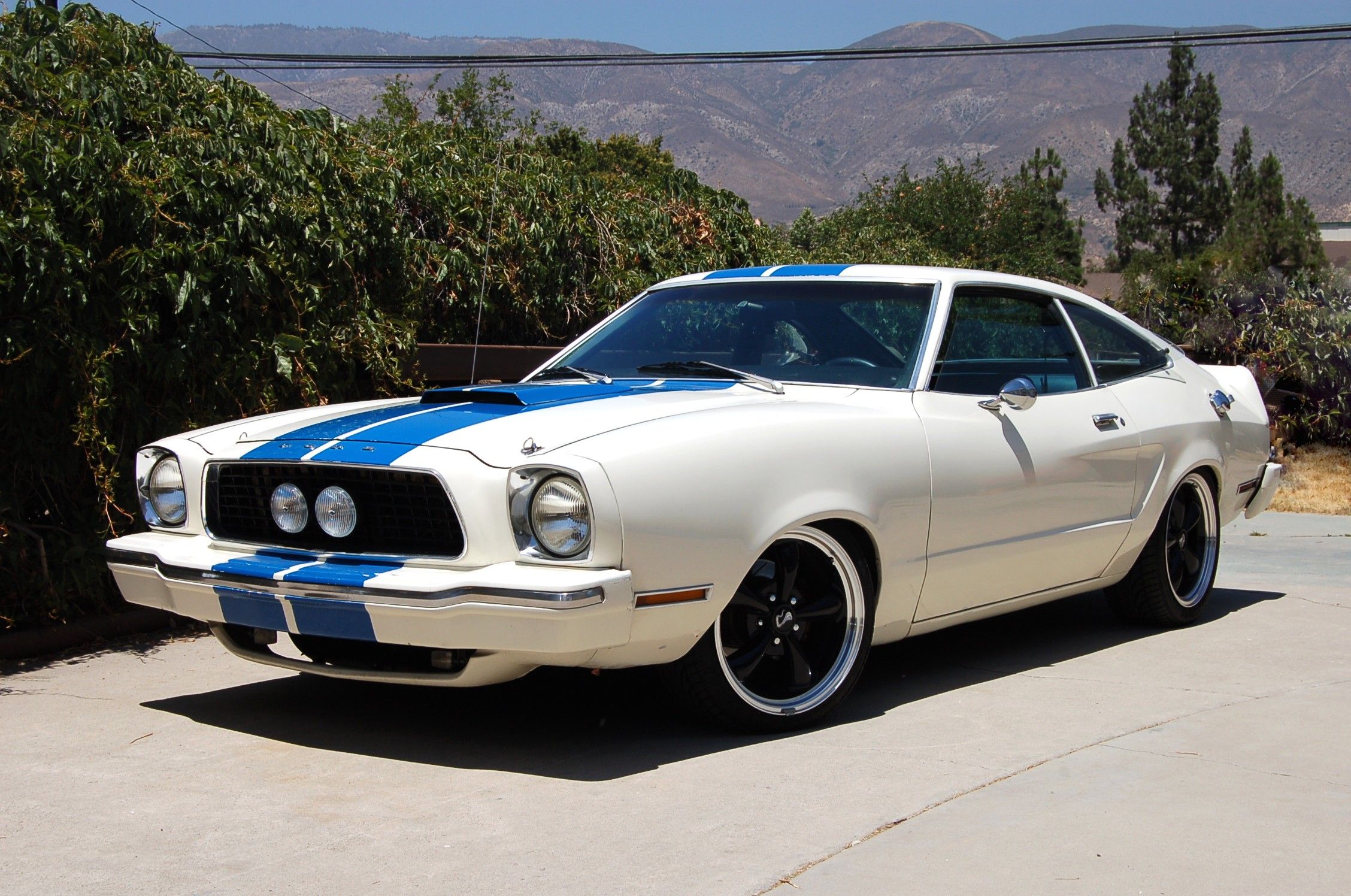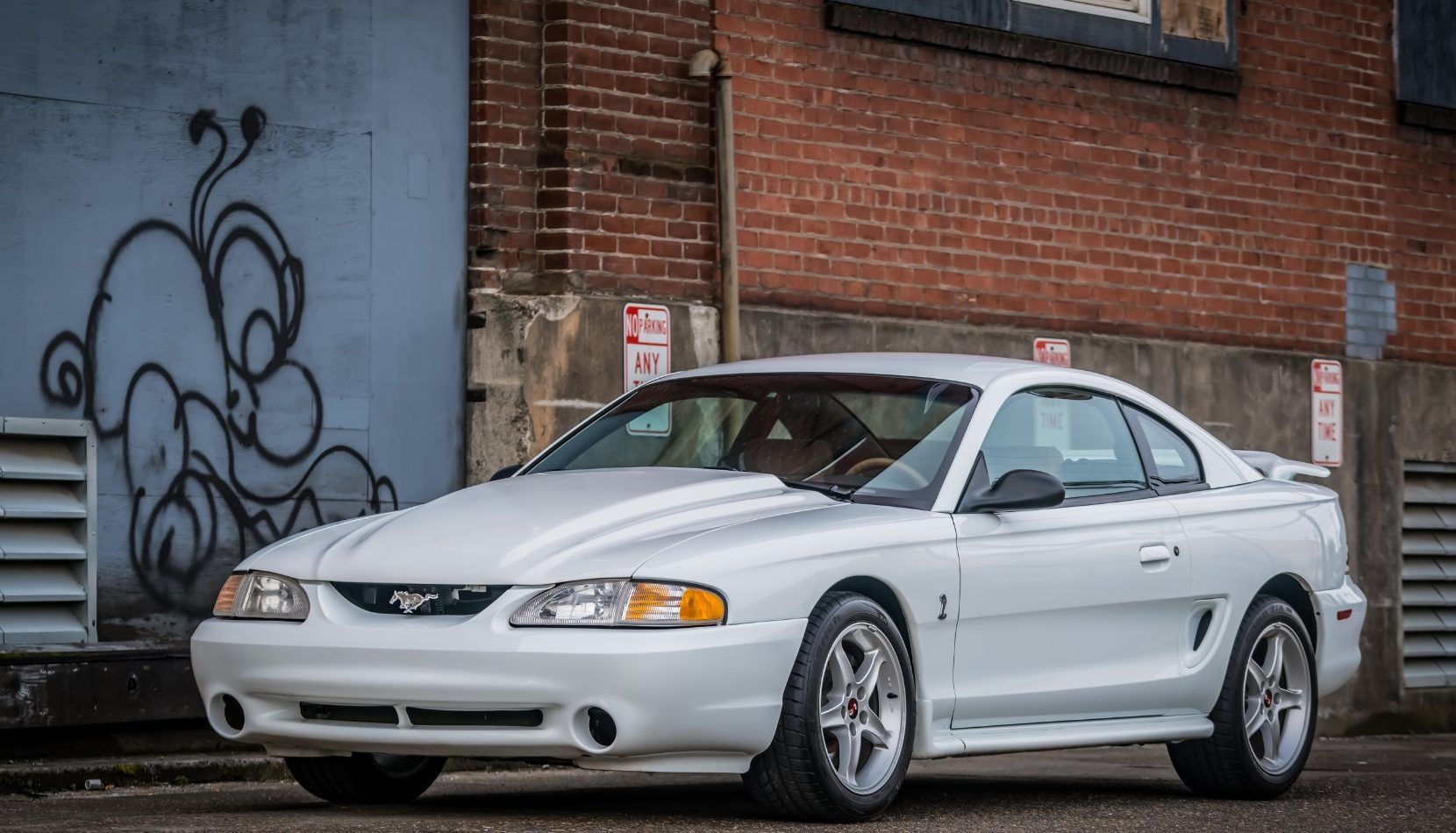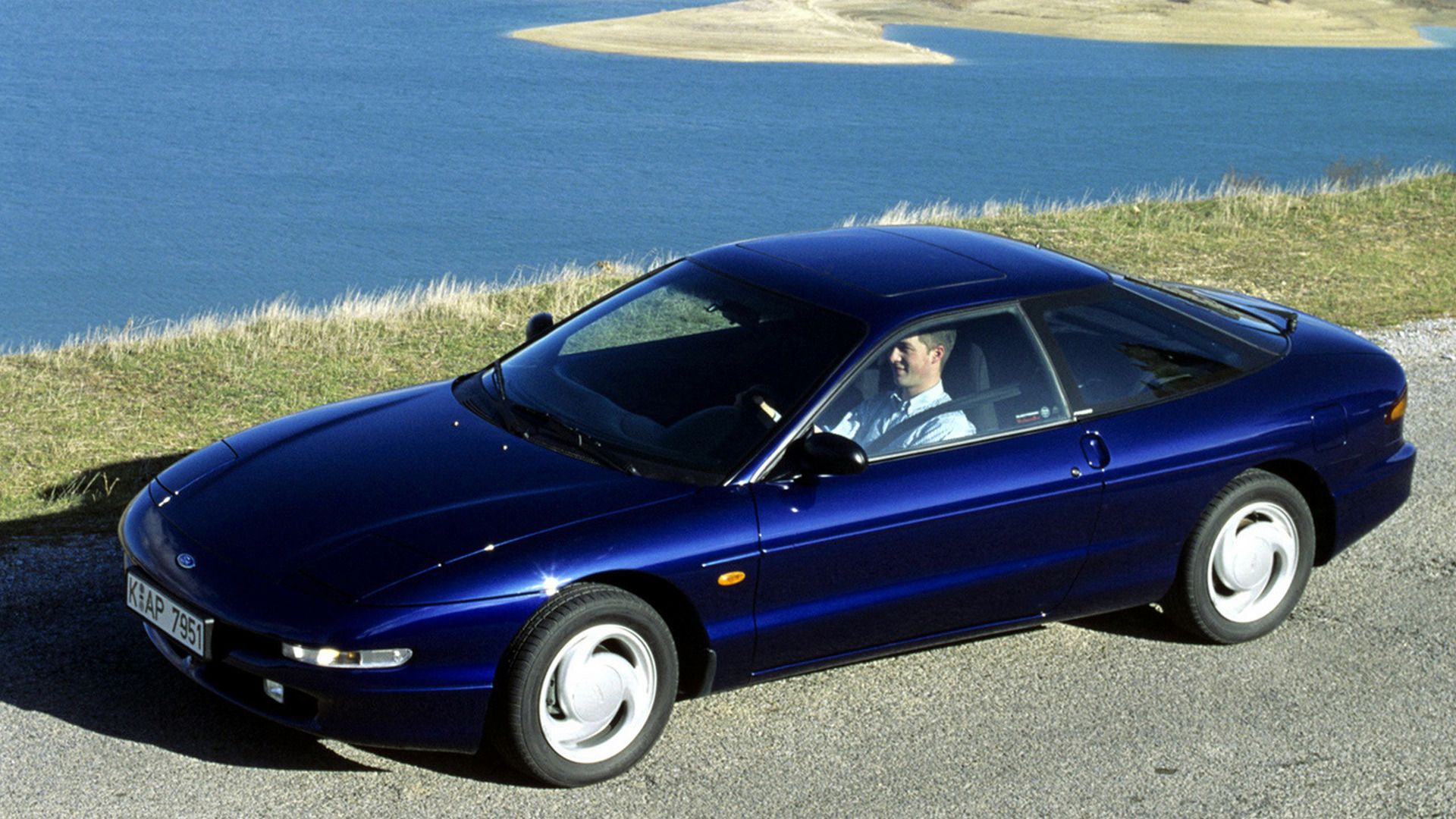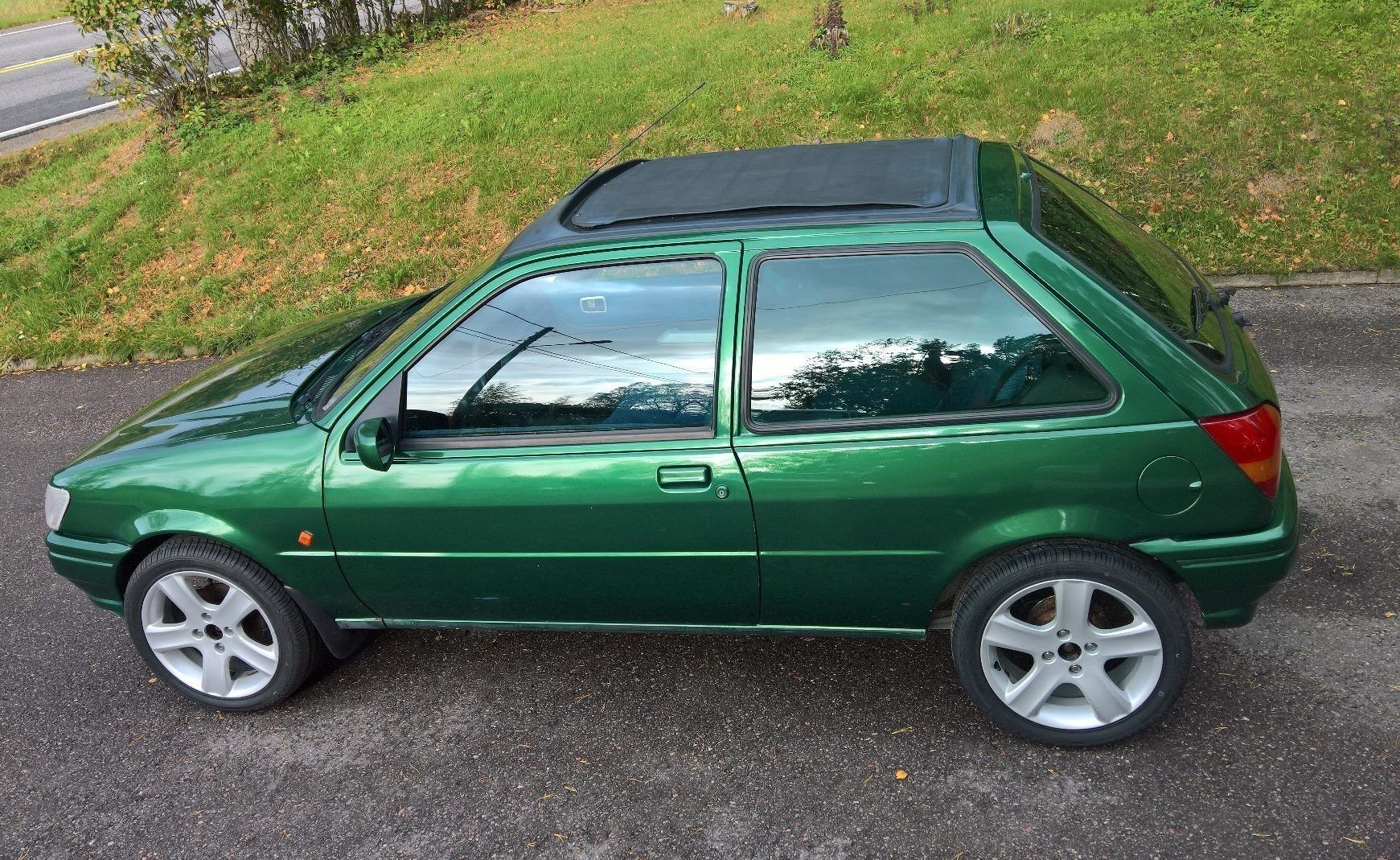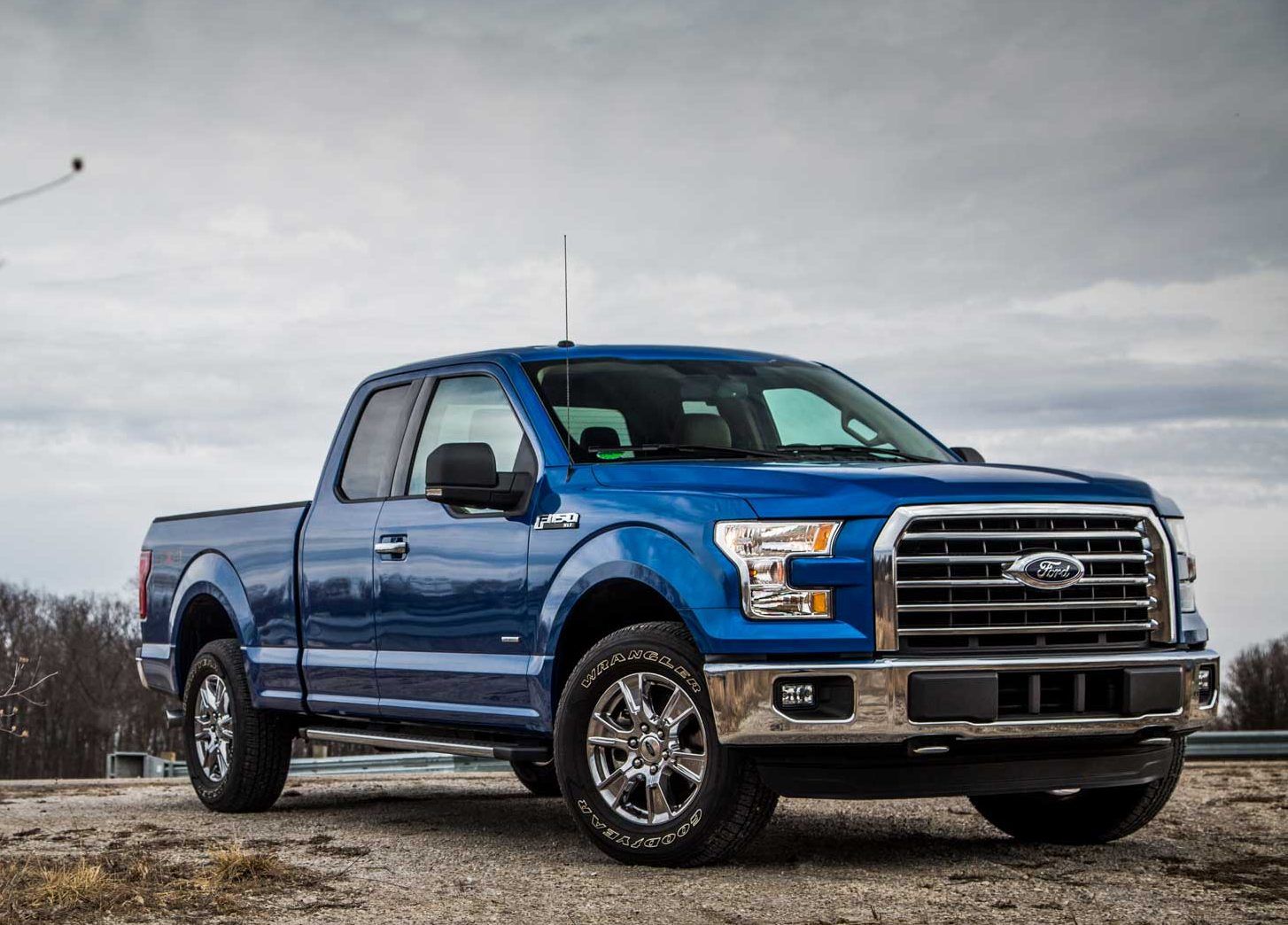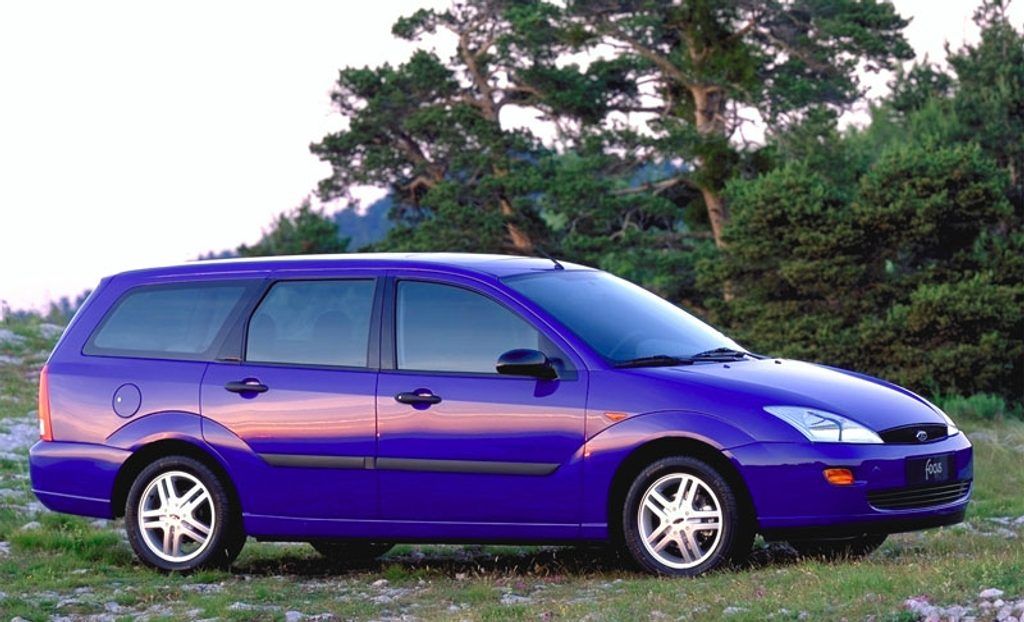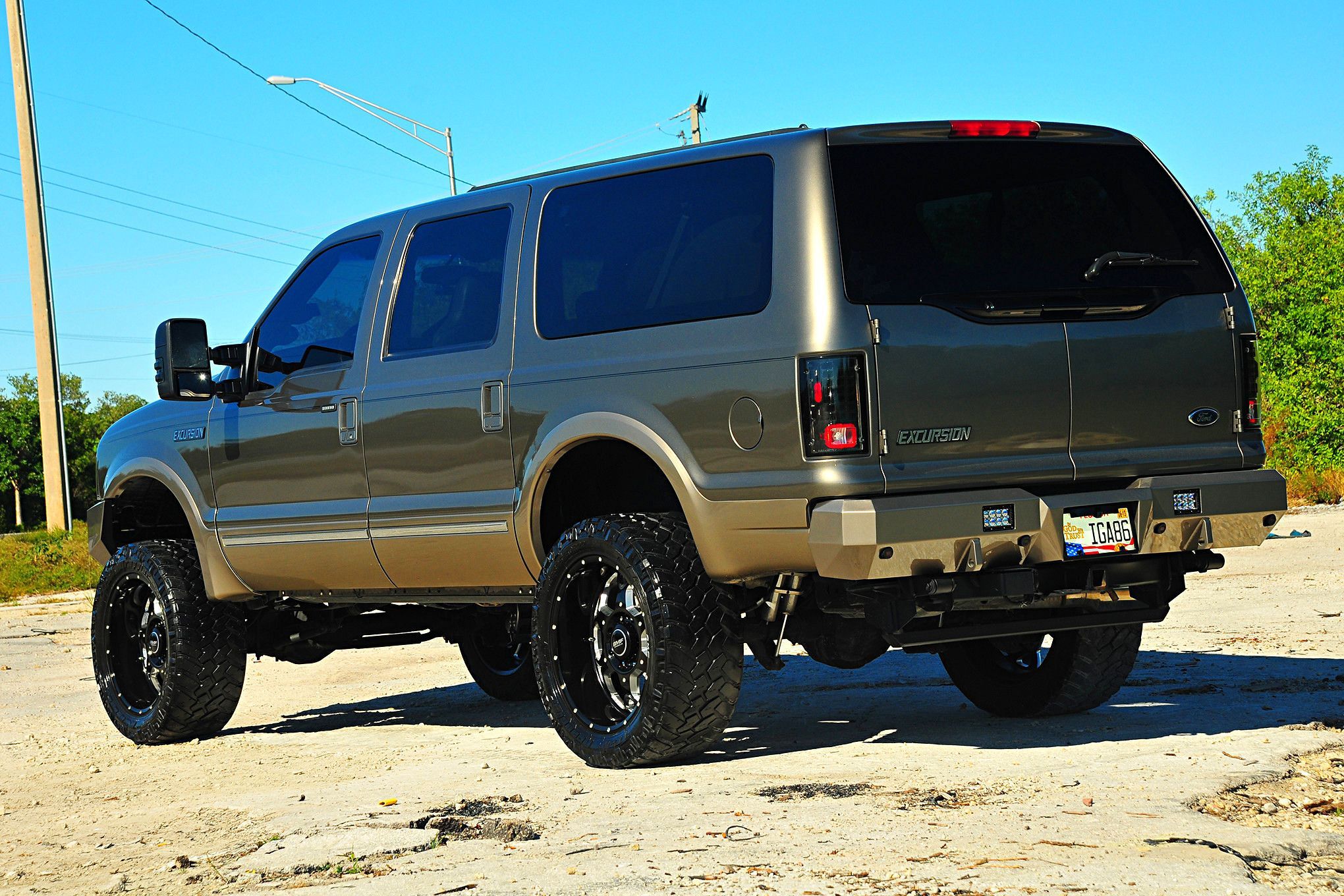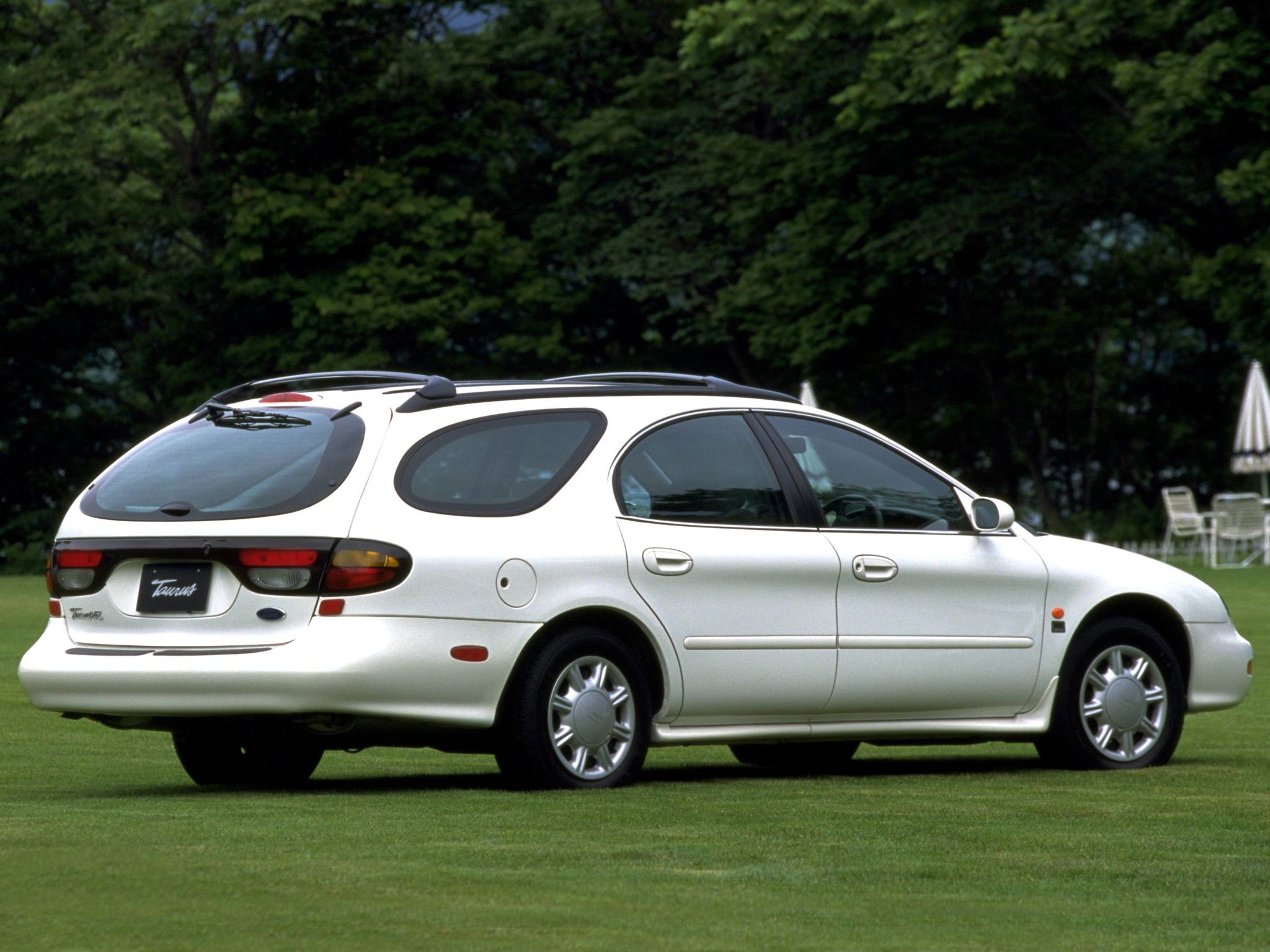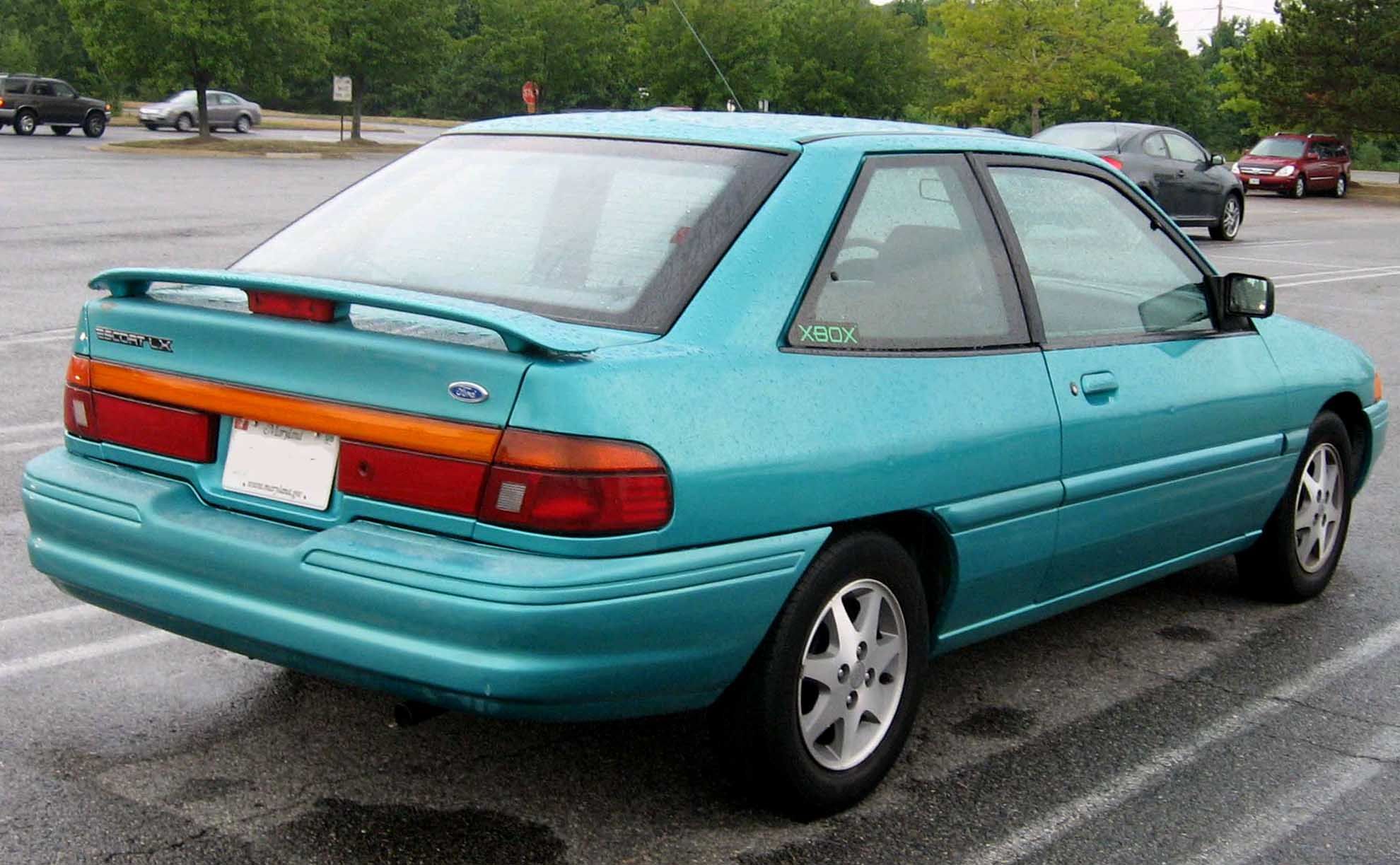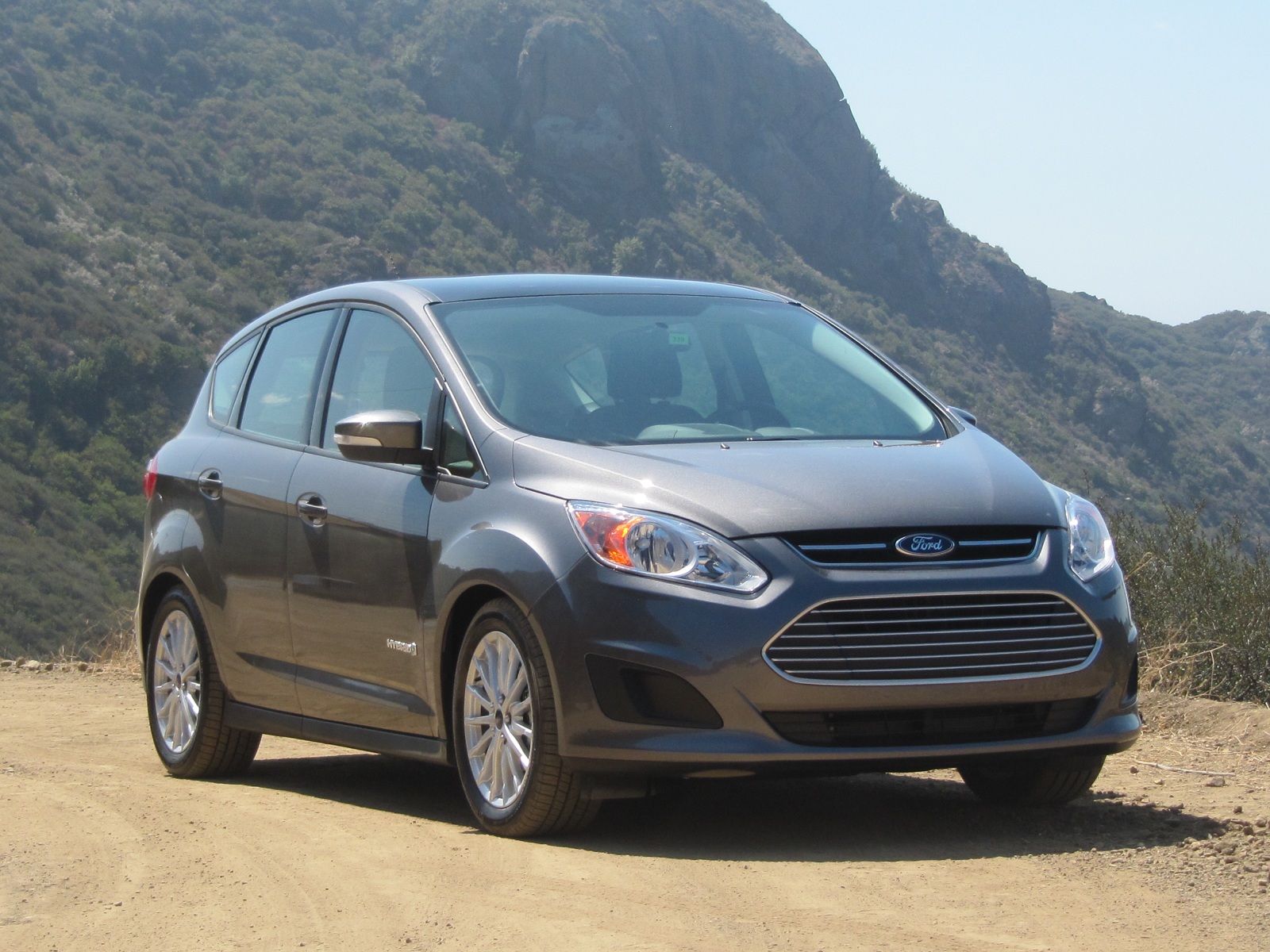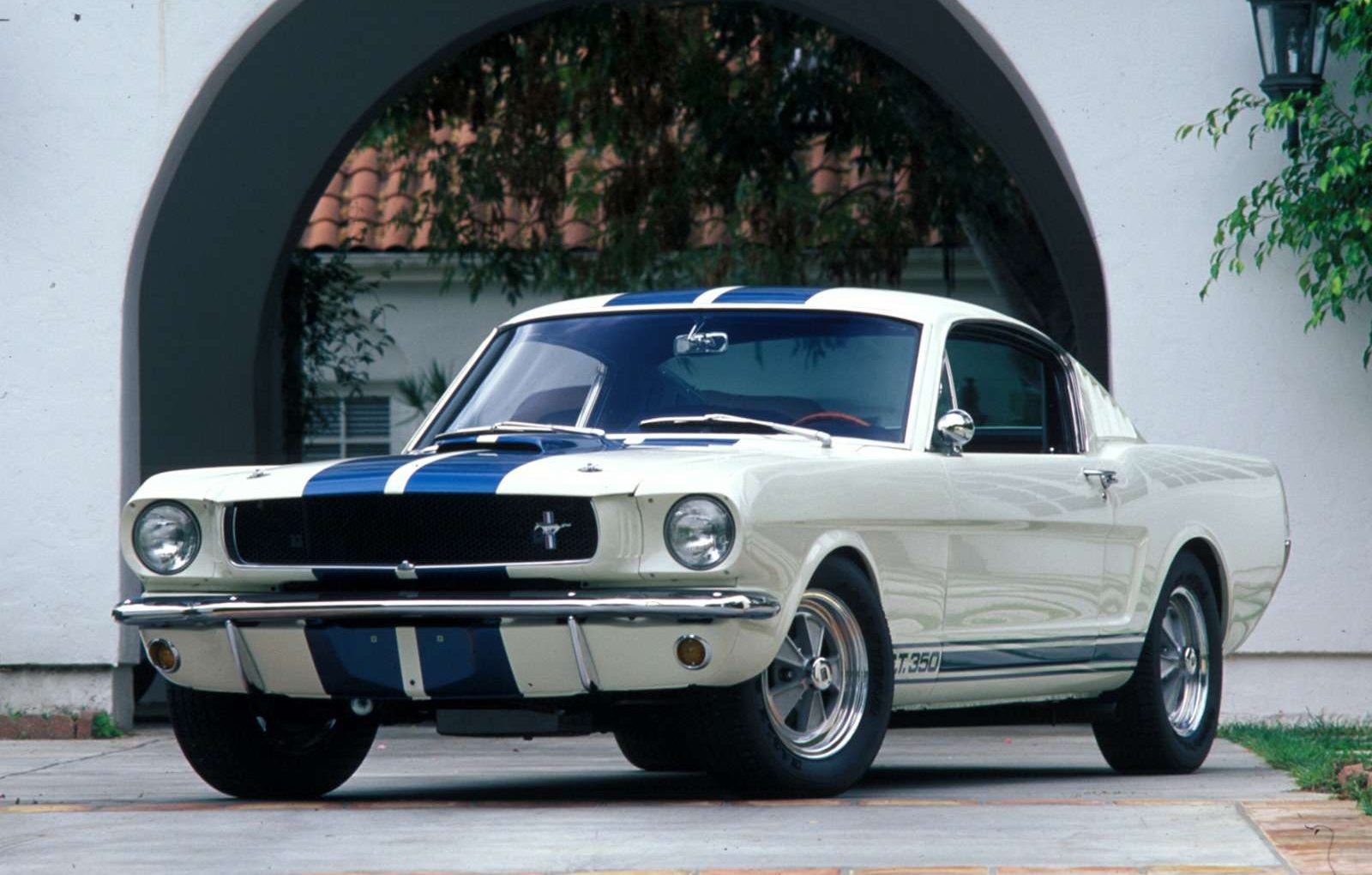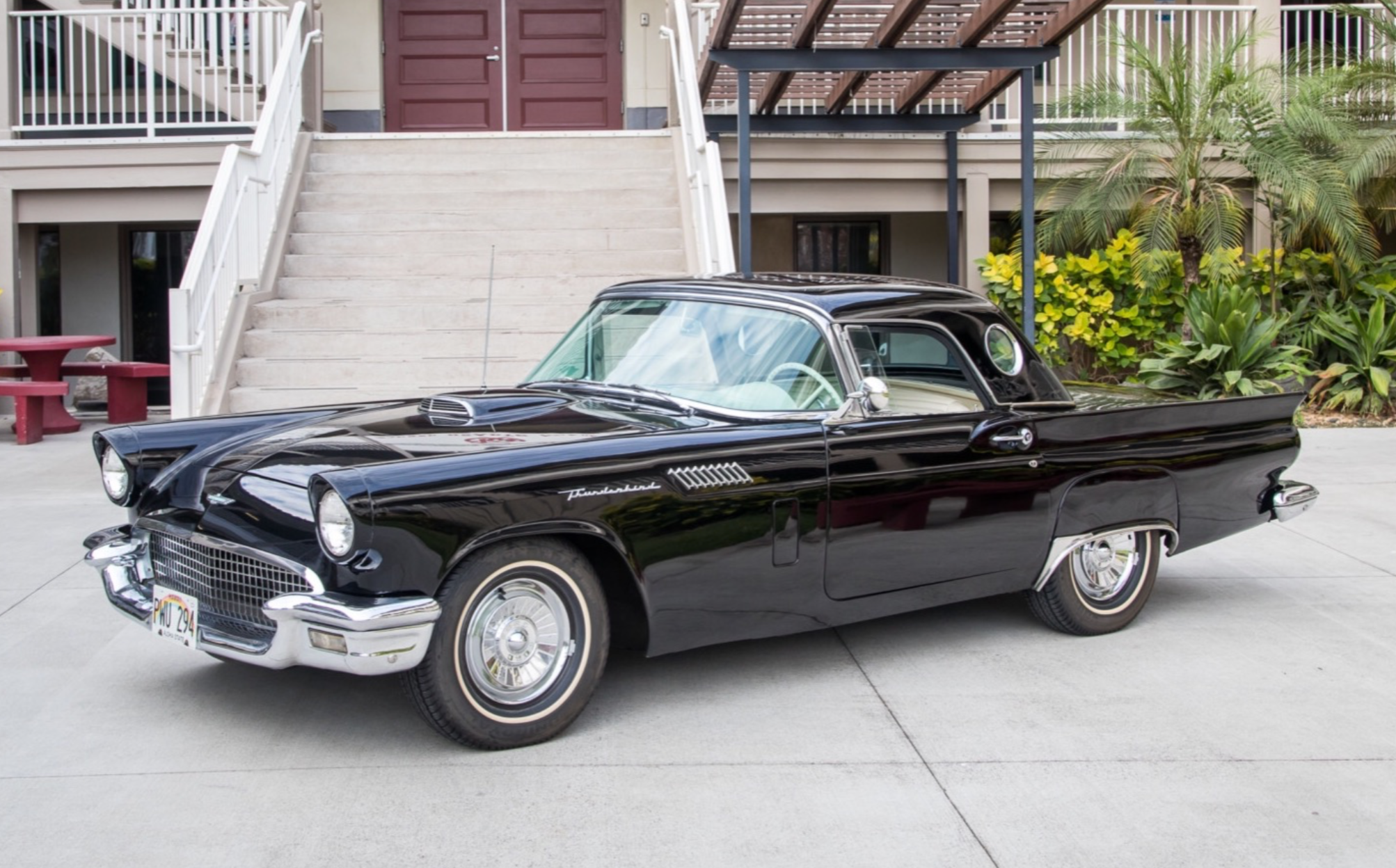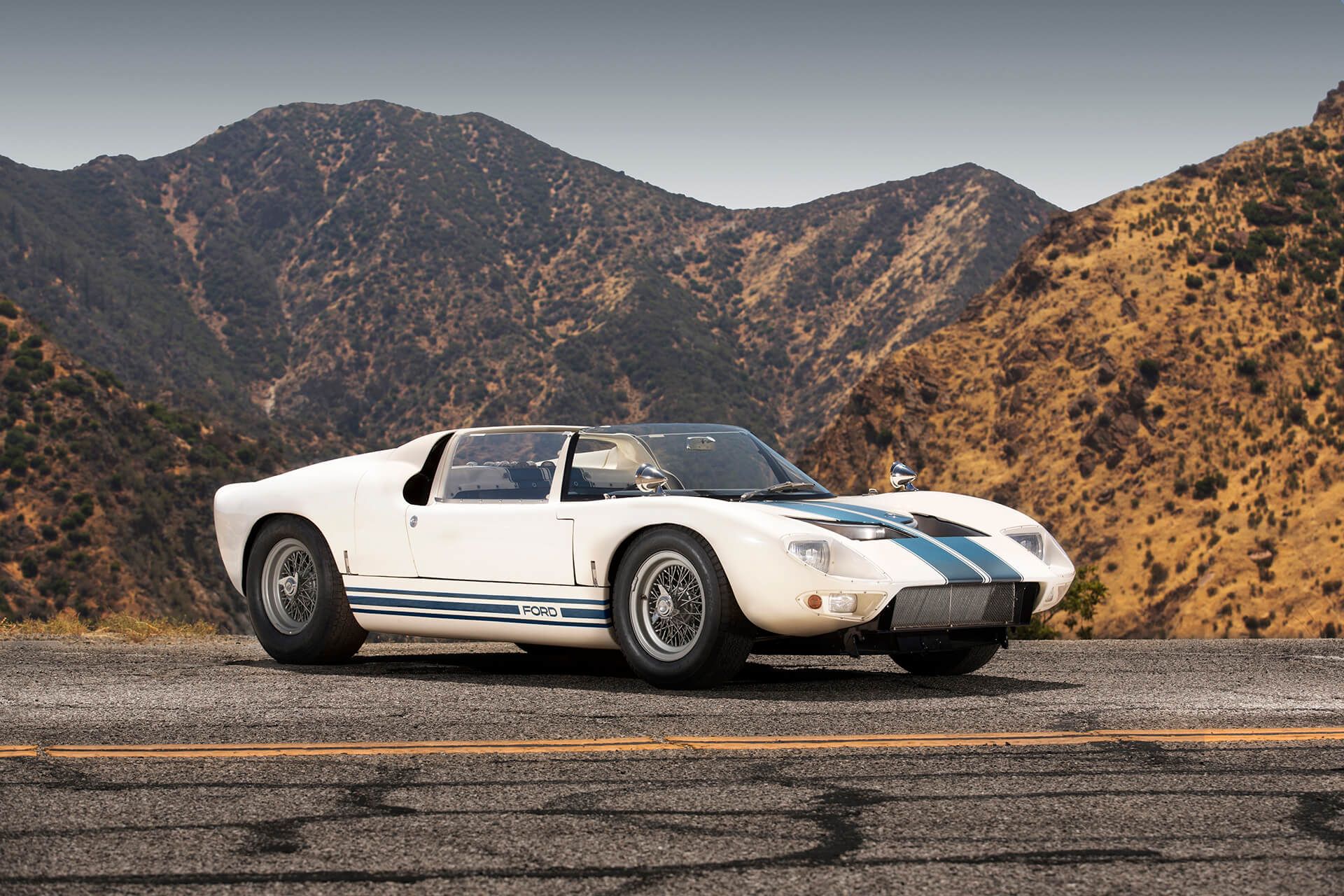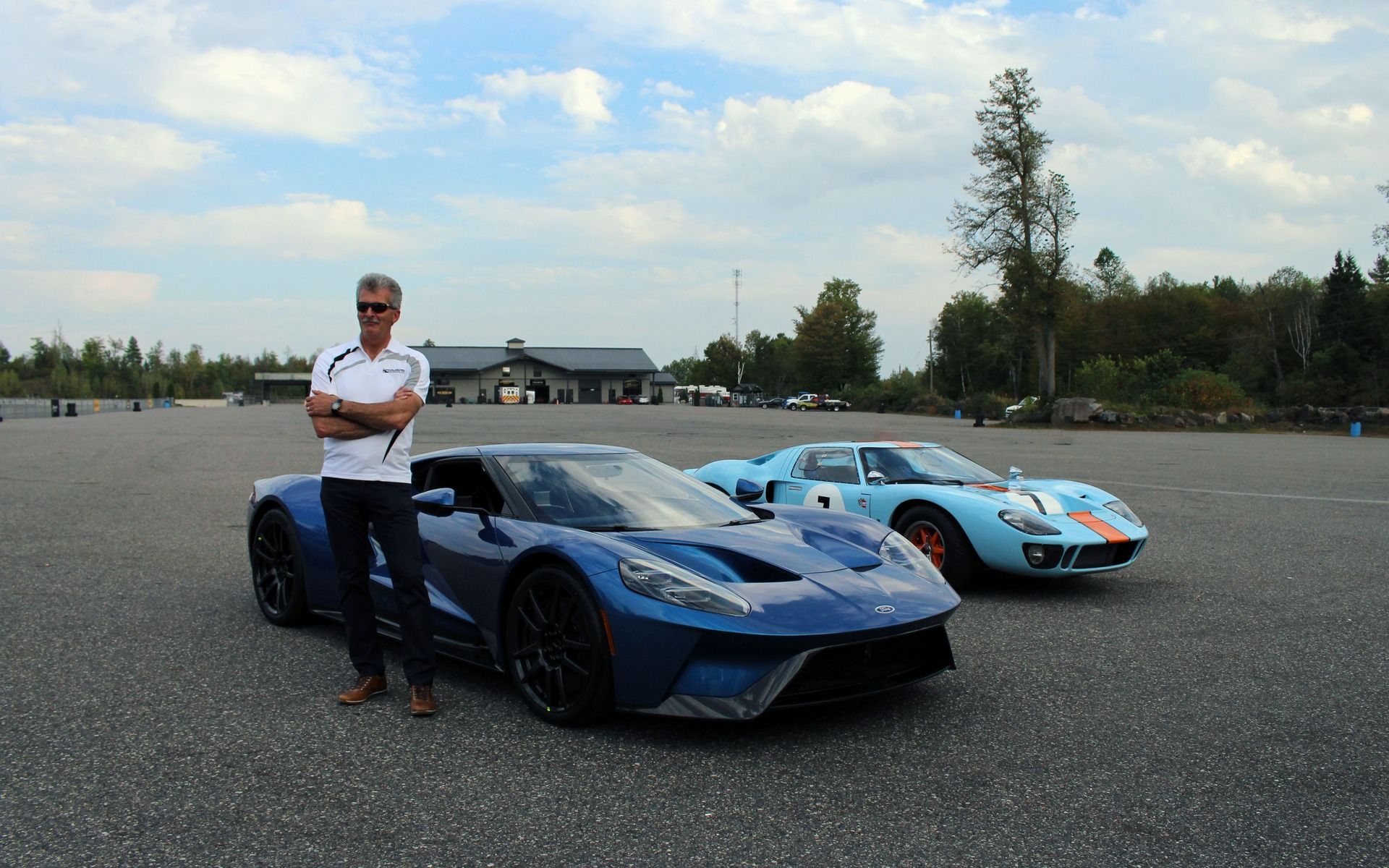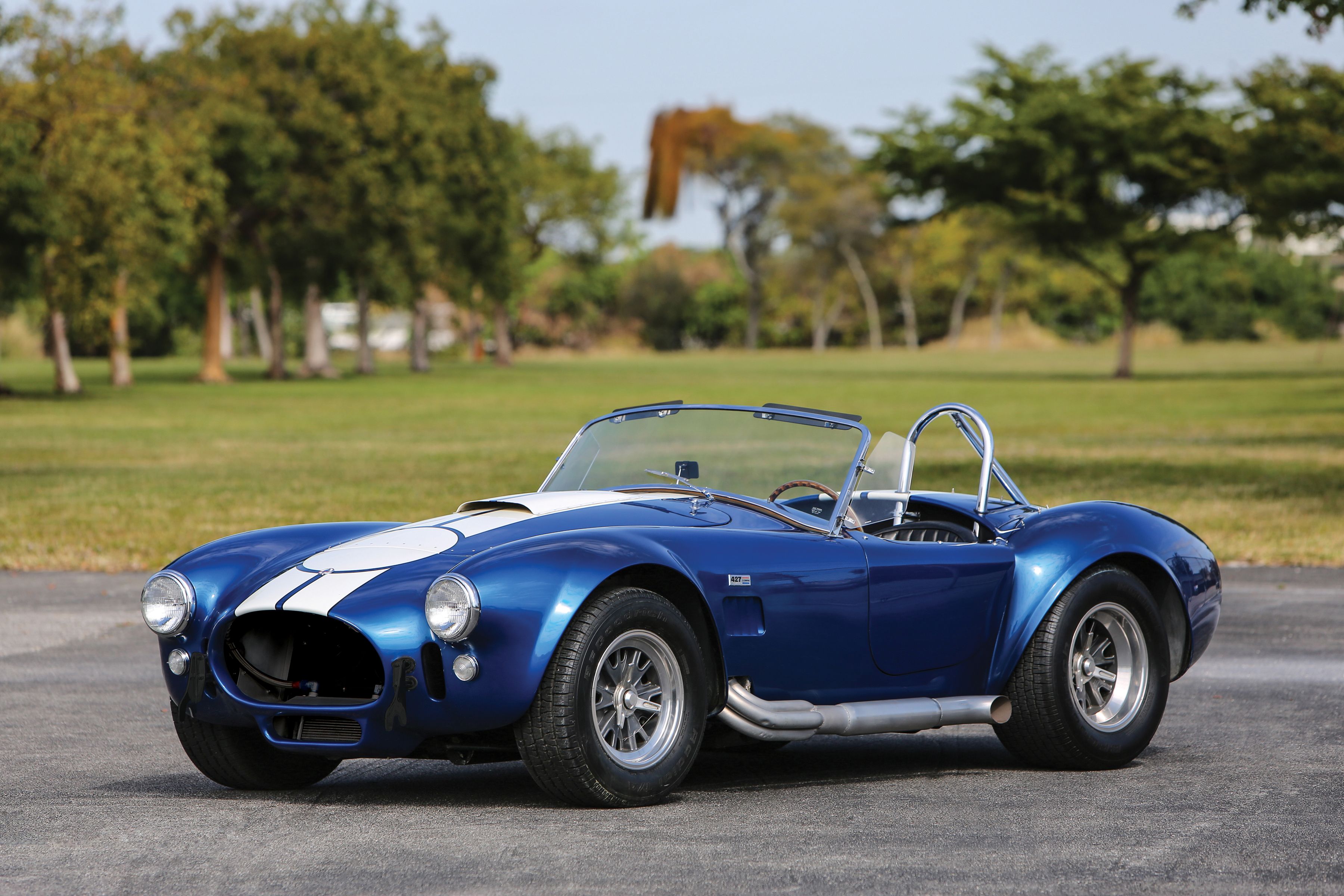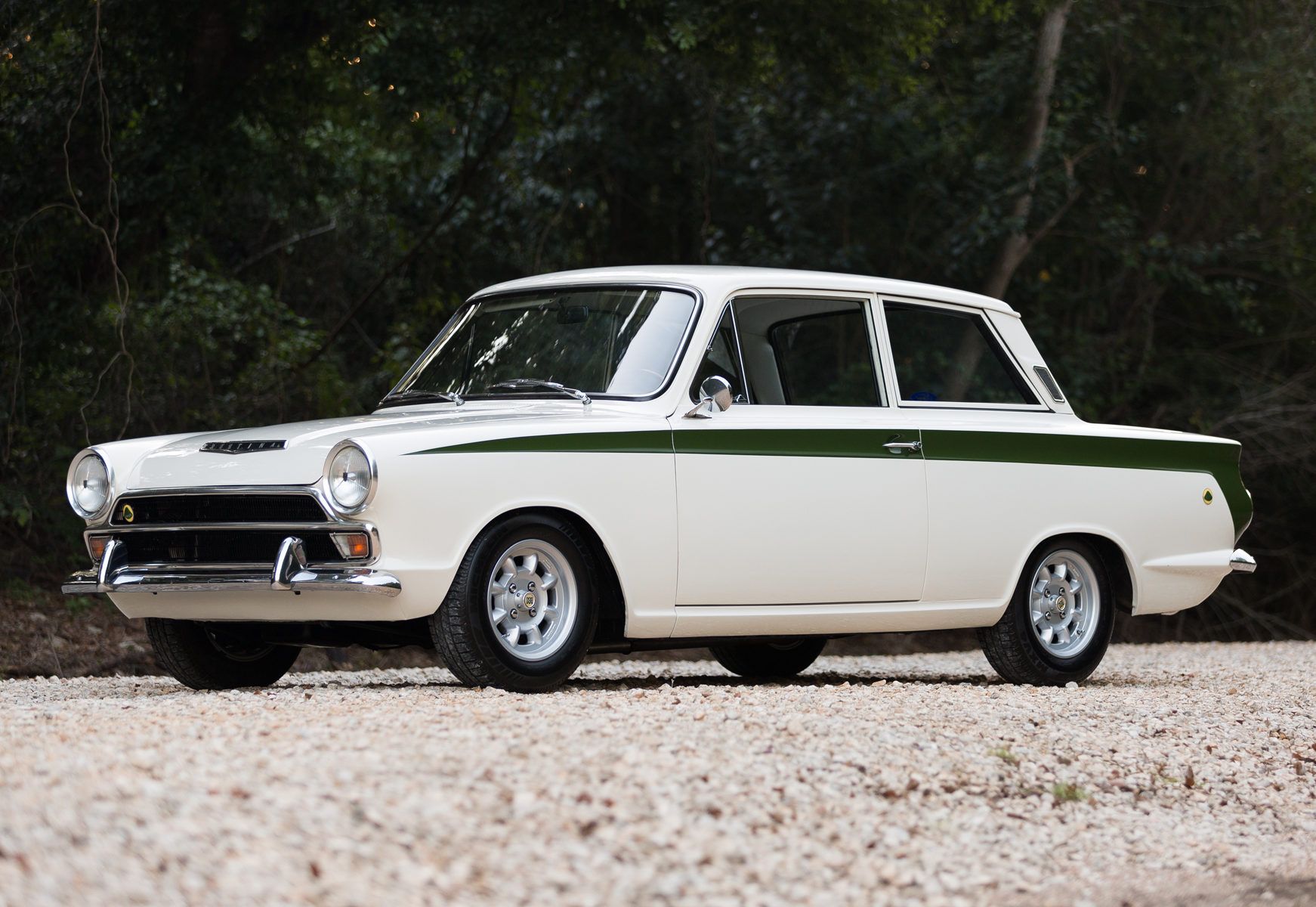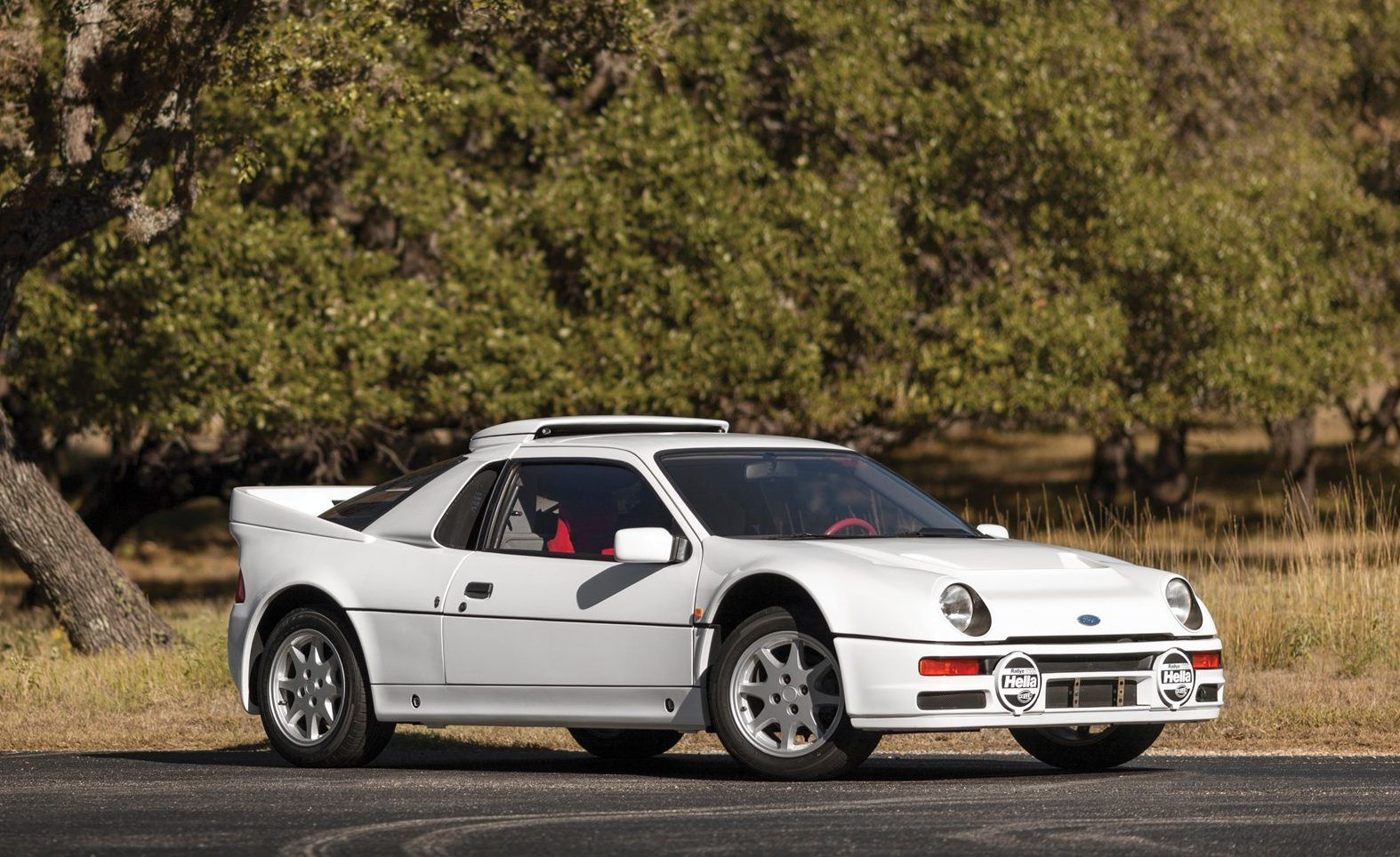Many drivers across the globe mistakenly believe that Henry Ford invented the automobile. While that honor is believed to belong to Karl Benz and his 1885 Patent Motor Car, Henry Ford did transform the automotive industry and bring the first affordable cars to the masses by pioneering the assembly-line production method.
Henry Ford and his family helmed a revolution that took the world by storm, to the point that today, cars and trucks dot the landscape of every country on Earth. The Ford Motor Company has been a mainstay of the industry since its earliest days, contributing massively to the development of automotive engineering, style, and technology. Their signature pickup truck, the F-150, is the best-selling truck of all time, while many other models have become legends in their own right.
But of course, even a company as established as Ford had their fair share of misses to go along with the hits. From misguided attempts at crazy-futuristic concepts to copycat efforts trying to capitalize on consumer desire for cheap, affordable imports, Ford's got many cars they'd rather forget to their name, just like many other companies.
With the recent news that Ford will be drastically tightening their production focus, highlighting the popularity of crossovers, SUVs, and pickup trucks in today's market, the company is either making a genius business decision or a futile response to temporary trends that could, once again, lead to years of bad products.
A company like Ford has plenty of history to draw upon for guidance, and they can easily look back at 12 of their cars that weren't 'Built Ford Tough' and 13 of their greatest hits that should provide future inspiration.
25 Weak: Pinto
The Pinto may be the most infamous car of all time. And yet, despite its deserved notoriety, it still seems surprising that Ford managed to produce this disappointing, hazardous car.
Ford was trying to blend the kinds of concepts that would eventually make compact cars a legitimate market presence (though admittedly, mostly in the form of imports from Asia) but missed the mark in too many ways for anyone to ever want to own a Pinto—unless they're trying to make a sad joke these days.
24 Weak: Explorer
The Ford Explorer is a ubiquitous vehicle and one that helped to establish the SUV as the dominant type of automobile being sold in the US today. But despite the Explorer's simple design, relative utility, and high sales volume, in reality, the model is one that should have been avoided when new and should certainly be kept at arm's length on the used market.
From early concerns about rollovers to modern fears of fuel system failure, the 'Exploder' has sadly earned its unfortunate nickname.
23 Weak: Mustang II
Hardcore fans of the Ford Mustang are apt to just repress the memory of the disappointing second generation's design, engineering, and execution. While the first Mustang is easily one of the most desirable, iconic, and influential cars ever to leave a Detroit factory (or a factory in any country across the globe), the Mustang II took almost every single aspect that made its predecessor great and went in a different direction.
Sure, changes were needed after years of sales, but less power and more weight was not (and rarely is) the correct route to go.
22 Weak: Mustang IV
After the Fox Body Mustang (named after the third generation's designer) helped to restore the Mustang to at least some of its former glory, the higher-ups at Ford decided that the 1990s called for another redesign. Truthfully, the Fox Body enjoyed a respectable production run, but the fourth generation that hit streets in the early-1990s was a failure in almost every regard.
Base models came with a 145-horsepower engine mated to a four-speed automatic slushbox, and performance was every bit as dismal as it sounds.
21 Weak: Probe
Before the fourth-generation Mustang roundly disappointed fans of the storied model, there was a car in the works that would have been even worse. That car would eventually be released named the Probe, and its front-wheel-drive layout, tiny body, and distinctly un-sports-car-like elements clearly point to the fact that the model was developed in cooperation with Mazda.
While everyone can breathe a sigh of release that the Probe was, at the very least, not a Mustang, it's still a disappointing product from a brand as established as Ford.
20 Weak: Fiesta
The domestic market may have just become reacquainted with the Ford Fiesta, but the subcompact model has enjoyed decades of sales success all across the globe. Of course, the Fiesta is now on its way out the door once again, but given the car's history as an underpowered, plain, economical commuter, it should be no surprise that the Fiesta didn't perform well in the United States.
Early models were as cheap as cheap can be, and this car's convertible top is only all the more lackluster given Ford's strangely consistent tendency towards rust issues over the years.
19 Weak: F-150 (2015)
To listen to Ford's extensive marketing push over the last few years, many consumers would be forgiven for thinking that the F-150's aluminum construction must be just about the best thing to happen to trucks since four-wheel drive. But Ford's commitment to aluminum has actually caused problems for the company, despite the fact that weight savings of up to 700 pounds come in concert with the space-age material.
But aluminum also costs more, and apparently, Ford's engineers didn't think they had to try as hard to improve efficiency because they had aluminum on their side.
18 Weak: Focus
Today's Ford Focus (sadly, another model on its way right out the door) is a far cry from the strange cars that were sold under the same name in the late-1990s and early-2000s. Today's smoother exteriors and respectable power figures (at least, in the ST and RS models) are completely lacking for the early predecessors, who have a design that's rounded yet angular and a surprising lack of any kind of performance stats.
There actually was a first-gen RS sold in Europe, but in the US, customers had to be content with a maxed-out, 2.3-liter Mazda power plant that could only get up to 151 horsepower.
17 Weak: Excursion
There's a good chance the Ford Excursion will go down as the largest SUV ever built. And yet, despite the early trends in the SUV market, that fact is at least part of the reason why the model failed after a few short years of production.
Today, the trend towards smaller crossovers seems well-entrenched, as well, so perhaps another about-face is on the horizon, but for the meantime, the Excursion is still an unreliable, wasteful, excessive piece of motoring history (albeit one that was seriously awesome in its own right).
16 Weak: Taurus
In hindsight, perhaps one of the best ways to sum up the bland era that was the 1990s is to remember that the Ford Taurus was one of the decade's best-selling vehicles. Descriptions like "land yacht" and "boat-like" aren't necessarily insults to the Taurus because they're just accurate.
With exterior styling that is almost cartoonishly boring and an underpowered series of drivetrain options (other than the SHO, which despite a cult following was still a front-wheel drive car), the Taurus was perfect for a time when everything simply just existed.
15 Weak: Escort
The Ford Escort will always be fondly remembered by the company's fans thanks to its higher-performance rallying iterations but those same fans, no doubt, cringe when they remember just how pitiful the base Escort was over its many generations.
Trying to compete with cheap, efficient, reliable imports by essentially merging with them—in this case, the Escort was another car produced in coordination with Mazda—seems kind of against the point, as is perhaps one of the reasons that Escorts are so rarely seen in driving shape today.
14 Weak: C-Max Hybrid
The C-Max Hybrid is another model that Ford is shelving in the near future, a fact that should in no way be surprising given the model's hilarious failings. Sure, Detroit manufacturers have felt the pressure to compete in the hybrid arena with the likes of Toyota's Prius, but the C-Max Hybrid was never going to come anywhere close to success.
The whole point of a hybrid is that consumers are willing to pay a little extra (economists laugh here) for better fuel economy and emissions reductions, but hilariously, the C-Max in its Hybrid trim didn't even get noticeably better MPGs than the normal, internal combustion varieties.
13 Tough: Mustang
The Ford Mustang helped usher in a new era in Detroit automotive manufacturing. It was the pinnacle of style and performance and remains an inspiration to this day when collectors are equally as interested in bone-stock survivors as much as modded-out street racers.
With an iconic design that still provokes happy arguments between fans about the advantages of coupes or fastbacks, plus a range of V8 engine options (not to mention all the glorious Carroll Shelby remixes on the theme), there's no doubt that Ford wishes they could recreate the wonderful sensation created by the original Mustang.
12 Tough: Thunderbird
Well before the Ford Mustang reestablished Ford as a market leader, the Thunderbird brought the fight to Chevrolet's Corvette in a big way. A sleek exterior, comfortable interior, and some seriously powerful engine options topped by a V8 paired to dual Holley four-barrel carburetors and a Paxton supercharger to enable power output up to 300 horses.
And that was in 1957. Later generations of the Thunderbird were nothing short of a slow decline from the pinnacle of its first iteration.
11 Tough: GT40
The Ford GT40 has a solid claim to being the most important car ever to be made in the United States. It was the result of a team-up between Ford and Carrol Shelby, designed from the ground up to take on manufacturers in Europe at their own game. With Ferrari specifically in their sights, Ford created a radically successful mid-engined sports car that would go on to dominate the 24 Hours of Le Mans from 1966 to 1969, including a 1-2-3 finish in the first win.
A bit of historical context: before the GT40, Ferrari had won the race six years in a row.
10 Tough: GT
Following on the incredible success of the original GT40, Ford has reintroduced two versions in the 21st century that hearken back to the competition racer. While the GT40s of the 1960s were built as competition racers first and street cars second, Ford has done a brilliant job of blending the two categories with the GT models released in the early-2000s and the last couple of years.
The newest version is one of the most advanced cars on the market today, complete with a twin-turbocharged EcoBoost engine producing up to 647 horsepower and 550 lb-ft of torque.
9 Tough: Shelby Cobra
Ford first teamed up with Carroll Shelby in what would become a failed attempt to take on Enzo Ferrari's racing team—and yet the result was a car that is one of the most desirable models ever made. The Shelby Cobra, with its lightweight body borrowed from English manufacturer AC and a series of powerful Ford V8 engines, is a raw-bones sports car that takes serious skills to harness.
Even reproductions can reach into the six-figure range today, thanks to a unique combination of historical significance, iconic style, and rugged performance.
8 Tough: Crown Victoria
The Crown Victoria probably doesn't immediately pop into most drivers minds when they think of the Ford Motor Company, and yet the model represents, without a doubt, a serious contribution to the world.
Just think of the countless Crown Vics that have prowled the city streets, highways, and back roads of this country, performing millions of hours of service in the hands of police departments, sheriffs, and highway patrol units over the nearly two decades of its production run. Even though Ford replaced the Crown Vic in 2012, the big sedan can still strike a flutter into the hearts of any driver as it pulls up behind on the road today.
7 Tough: Cortina
Domestic drivers probably wouldn't recognize the Ford Cortina as a Ford at all if they happened to come across one of the few examples on United States roads today. But for the rest of the world, the Ford Cortina helped to establish the US manufacturer as a producer of high-quality, dependable, and affordable cars between the 1960s and 80s.
Perhaps most famous for earning considerable success via a team-up with Lotus, the Cortina was built by Ford of Britain and was the UK's best-selling car of the 1970s.
6 Tough: RS200
Picking a short list of Ford's greatest successes always means blotting a few massive successes off the record, and in this case, mentioning the legendary RS200 almost seems like a slight at the nearly as awesome Escort RS Cosworth. Ford has enjoyed rallying success with the Escort RS Cosworth, the Focus RS, and the Sierra RS Cosworth—but none of those cars were ground-up builds like the wicked little RS200.
The mid-engined, four-wheel-drive coupe was intended for Group B competition and its road-going homologation specials are still insane performers even by today's standards. Ken Block drives one, which should say much more than the words of this list.

